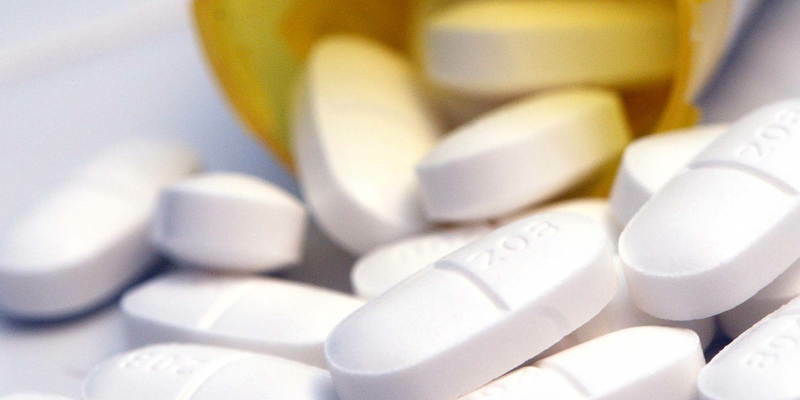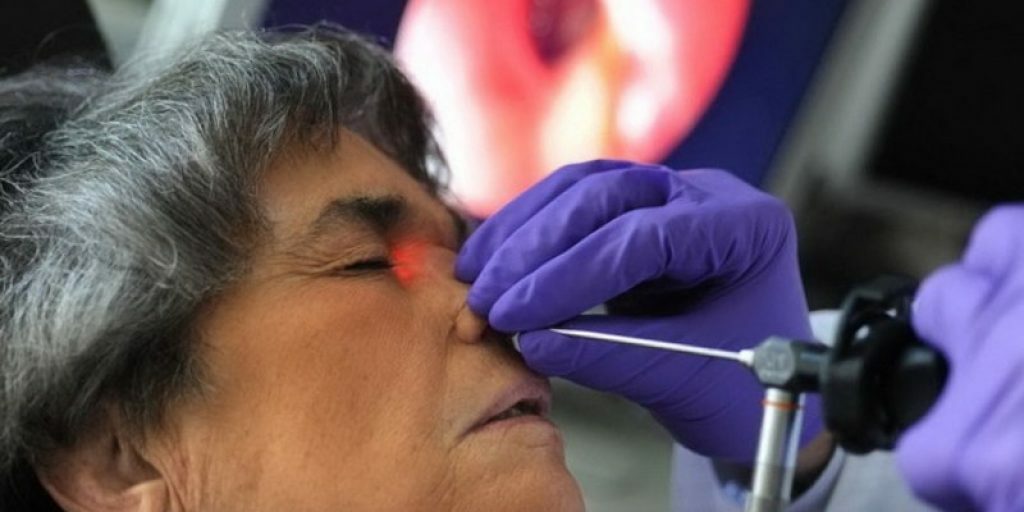
Page content
- 1 Classification of frontal sinusitis
- 2 Causes of frontal sinusitis
- 3 Complications of frontal sinusitis
- 4 Diagnostics
- 5 Treatment methods
- 6 Treatment of frontal sinusitis in adults at home with folk remedies
Frontitis or frontal sinusitis in medicine is called an inflammatory process that develops in the frontal paranasal sinuses. The pathology is treated by an otorhinolaryngologist, who will tell you how to treat frontal sinusitis in adults and prevent the development of dangerous complications.
Of all types of sinusitis, this form of pathology is considered the most severe, since the frontal sinus is located close to important anatomical structures - the eye sockets and the brain, which increases the risk of them infection. To avoid serious health consequences, you need to know everything about the causes of the inflammatory process and its characteristic symptoms.
Frontitis classification
Depending on the form in which the disease proceeds, frontal sinusitis can be:
- sharp;
- chronic.
Doctors believe that the main reason for the acute course of pathology is the penetration of a microbial infection into the paranasal sinus. The chronic form of frontal sinusitis occurs when the acute manifestations of the disease have not been healed or have not been treated at all. As a result, a focus of chronic infection remains in the body, periodically reminding of itself with exacerbations.
Taking into account the reasons contributing to the development of the pathological process, frontal sinusitis is bacterial, viral, mixed, fungal, allergic or drug-induced.
Given the localization of the inflammatory process, frontal sinusitis can be unilateral or bilateral. Depending on the type of inflammatory process, the following forms of the disease are distinguished:
Exudative frontal sinusitis

The inflammatory process is accompanied by the release of fluid (exudate). In turn, this form of frontal sinusitis is divided into 2 types:
- catarrhal frontal sinusitis - accompanied by profuse mucous discharge from the nose;
- purulent frontal sinusitis - against the background of a bacterial infection, a purulent secret is formed and secreted.
Productive frontal

In this case, the inflammation is not caused by pathogens, but by pathological proliferation of the sinus mucosa. There are three types of the process:
- polypous - polyps form in the frontal sinus;
- cystic - cysts are formed in the cavity, filled with a transparent liquid;
- parietal-hyperplastic - accompanied by a uniform growth of the mucous membrane of the frontal sinus.
Symptoms and treatment of frontal sinusitis in adults depend on the form of pathology, the characteristics of the course of the inflammatory process, the state of the immune system and other important nuances. Only a specialist can make the correct diagnosis and prescribe adequate treatment aimed at eliminating the pathological focus. The patient must scrupulously follow all the appointments and recommendations, only in this case, you can count on a complete recovery.
Causes of frontal sinusitis

The causes of inflammation in the frontal sinus can be very different, but they come to the fore infections, the causative agents of which penetrate into the sinus from the nasal cavity or adjacent paranasal sinuses (maxillary, lattice).
Infections
The disease most often develops against the background of acute respiratory infections, acute respiratory viral infections, influenza, scarlet fever, diphtheria, tonsillitis. The causative agents of viral frontal sinusitis are rhinoviruses, coronaviruses, adenoviruses, bacterial - staphylococci and streptococci, diphtheria or Haemophilus influenzae.
Bacteria can enter the sinuses during surgery on the nasal cavity, or as a result of the weakening of the protective functions of the immune system while taking certain medications.
Fungal infections that affect the frontal sinus are rare. In some cases, pathogens enter the sinus with blood flow from other foci of chronic infections in the body (for example, otitis media, chronic tonsillitis, carious teeth, gum disease, and NS.).
Diseases of an allergic nature

An increase in the inflammatory process in the frontal sinuses can be provoked not by infectious agents, but by a long course of allergic or vasomotor rhinitis (rhinitis). In this case, the canal connecting the nasal cavity with the sinus swells, which interferes with the drainage process and creates conditions for the development of congestion. In the future, such frontal sinusitis can be complicated by the addition of a bacterial infection.
Injuries to the nose and frontal sinuses
Penetrating injuries are accompanied by the ingress of pathogenic microflora into the nasal cavity and sinuses, which leads to the development of the inflammatory process. In the case when the trauma of the frontal sinuses does not penetrate, inflammation first occurs in the affected area. In the future, bacteria can penetrate from the nasal cavity into the sinus and cause a purulent complication.
Polyps
Benign neoplasms are formed as a result of degeneration of the mucous membrane of the nasal sinuses. Against this background, nasal congestion, difficulty breathing and swelling of the mucous membrane are noted, which leads to poor outflow of air from the paranasal sinuses and contributes to the development of the inflammatory process.
Developmental anomalies

Photo: contraindicated in asthma
Curvature of the nasal septum, hypertrophy of the turbinates and other structural changes are more often congenital, but can also be a consequence of past diseases and injuries. Pathological changes in the nasal structures disrupt the free outflow of mucus, create conditions for the multiplication of microorganisms and the spread of infection. Sometimes the cause of the pathological process can be such an individual anatomical feature as a long and narrow canal between the frontal sinus and the nose.
Other predisposing factors that contribute to the development of frontal sinusitis include:
- professional barotrauma;
- work in hazardous industries associated with staying in dusty or gas-polluted rooms;
- practicing certain sports (swimming, diving);
- depletion of the body, dysfunction of the immune system;
- frequent colds and hypothermia;
- accidental hit of a foreign object in the nasal passages;
- concomitant diseases (cystic fibrosis, bronchial asthma, Kartagener's syndrome).
Signs of frontal sinusitis
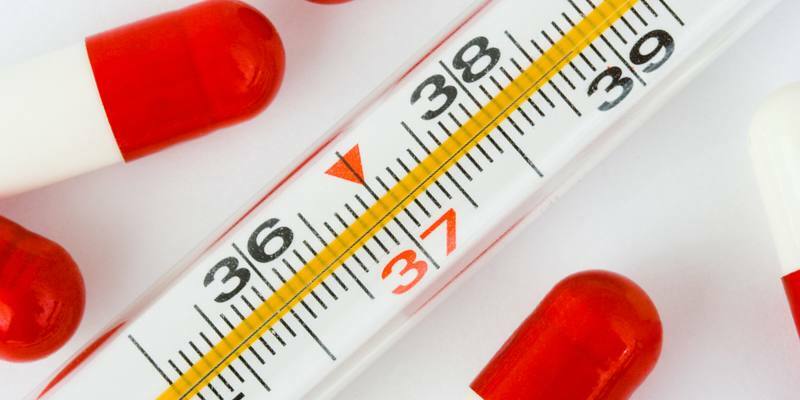
The main symptoms of an acute or chronic pathology have a number of differences.
Acute frontal sinusitis in adults declares itself as strong painful sensations localized at a distance of 2 cm above the bridge of the nose or to the left and right of this area. The pain intensifies in the morning (as the outflow of mucus from the sinus is disturbed at night). The intensity of the symptom increases with pressure on the forehead over the bridge of the nose, turning or tilting the head, during shaking driving or exposure to vibration. In this case, pain is given to the eye area and to the temple from the side of the lesion.
Other signs of acute frontal sinusitis:
- the appearance of minor mucous or purulent-mucous discharge from the nose;
- temperature rise to high values (39 ° C and above);
- labored breathing, nasal congestion;
- watery eyes, photophobia, eye pain;
- apathy, or irritability, restless sleep, loss of energy;
- a general feeling of weakness, weakness, caused by intoxication of the body.
The peculiarity of the pain syndrome in acute frontalitis is cyclicality. Painful sensations become unbearable at the moment when the outflow of fluid from the sinus is disturbed, and subside after the sinus is freed from mucous or purulent contents.
Chronic frontal sinusitis in adults is manifested by less pronounced symptoms. It is characterized by not too intense, aching pains in the area of the brow, headaches of a pressing nature and sharp pain when pressing on the inner corner of the eye. There is a loss of smell, the person practically does not distinguish between smells. There is a characteristic nasal voice due to constant nasal congestion or the growth of polyps and other neoplasms in its cavity.
At night, sinus discharge flows into the nasopharynx, which in the morning leads to profuse sputum discharge, as well as the appearance of purulent discharge with an unpleasant odor from the nose. With a non-infectious form of the process, the secretions are liquid and transparent, with the addition of a bacterial infection - purulent and thick.
The main danger of chronic frontal sinusitis is that it is difficult to recognize. In the absence of a correct diagnosis and appropriate treatment, the progression of the disease can lead to unpleasant complications.
Complications of frontal sinusitis

Since the frontal sinus is located in close proximity to the brain and the organs of vision, the consequences of the infectious process can be very serious. Launched forms of frontal sinusitis threaten the following complications:
- the spread of the inflammatory process to the adjacent sinuses with the development of sinusitis, ethmoiditis or sphenoiditis;
- spread of the process to neighboring organs, with the development of otitis media;
- complications on the organs of vision (edema and purulent lesions of the eyelids, phlegmon of the orbit);
- damage to the frontal lobes of the brain, the development of meningitis or brain abscess;
In especially severe cases, sepsis develops - blood poisoning, which is fatal. This development of events can be avoided only with timely access to a doctor and proper treatment. But first you need to make the correct diagnosis and differentiate frontal sinusitis from other diseases with similar symptoms.
Diagnostics

The otorhinolaryngologist will make a preliminary diagnosis when examining the patient. He will ask the patient in detail about the symptoms of the disease and listen to complaints, which will make it possible to judge the nature of the pathological process. At the same time, many of the symptoms characteristic of frontal sinusitis are also noted with other types of sinusitis, for example, with sinusitis.
How do these pathologies differ and how to determine the difference between frontal sinusitis and sinusitis? In this case, it is necessary to pay attention to the distinctive features accompanying the inflammation of these sinuses. So, unlike frontal sinusitis, the pain syndrome with sinusitis is localized not over the bridge of the nose, but on the sides or on one side of the nose. In this case, the painful sensations are not given to the eye sockets, but to the area of the cheekbones, temples, and the dentition.
Good to know
Another characteristic sign of sinusitis is puffiness under the eyes and in the lower eyelid, while with frontal sinusitis, edema occurs in the upper eyelids and the inner corner of the eyes. The nature of the discharge is also different. With sinusitis, abundant mucous membranes first appear, and then purulent discharge, with frontal sinusitis - the patient first complains of nasal congestion and only after a while will notice the appearance of a mucopurulent discharge.
Considering all the characteristic signs of the disease, an experienced specialist can already make a preliminary diagnosis. To confirm it, you will have to go through a number of additional instrumental studies. Among them:
- rhinoscopy procedure and endoscopic examination;
- bacteriological examination of nasal discharge in order to establish the type of pathogen;
- X-ray, allowing to identify accumulations of pus and mucus in the paranasal sinuses;
- computed tomography is a modern, high-precision method that, in doubtful cases, helps to make the correct diagnosis.
Based on the research results, the doctor receives an overall accurate picture of the disease and selects the appropriate therapy.
Treatment methods
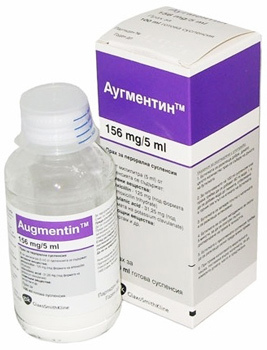
Treatment of frontal sinusitis consists in the use of medications and physiotherapeutic procedures, the action of which is aimed at eliminating the focus of infection and cleansing the sinuses from purulent contents.
Preparations for the treatment of frontal sinusitis in adults
With bacterial frontitis, antibiotics are the mainstay of treatment. In case of acute frontitis in the first days of treatment, the patient may be prescribed broad-spectrum antibacterial agents from the group of protected penicillins, macrolides or cephalosporins. After receiving the results of the bacteriological examination, the doctor will adjust the treatment regimen taking into account the type of pathogen. Basic drugs:
- Azithromycin;
- Ampicillin;
- Augmentin;
- Spiramycin;
- Macrapen;
- Cefotaxime;
- Ceftriaxone.
In the acute period, with a high temperature and severe intoxication of the body, antibiotics are prescribed in the form of injections, then, as the state of health improves, they switch to taking drugs in tablets.
Additionally, in the presence of purulent discharge, the doctor may prescribe combined drugs with antimicrobial, anti-inflammatory and antiseptic action in the form of drops or sprays (Bioparox, Polydexa, Isofra).
To relieve puffiness, restore nasal breathing and improve the outflow of mucus from the sinuses, vasoconstrictor drugs are used - Naphtizin, Galazolin, Sanorin, etc. They relieve puffiness well and stop inflammatory manifestations of hormone-based drugs - Avamis drops, Beconase. They are buried twice a day in a short course (no more than 5 days).
To alleviate general symptoms, antipyretic and analgesic drugs from the NSAID group are prescribed - Ibuprofen, Indomethacin, Nimesil. If the inflammatory reaction is accompanied by allegia, antihistamines are additionally taken (Suprastin, Loratadin, Zodak, etc.),
On the 5th day of taking antibiotics, antifungal agents are included in the treatment regimen to prevent complications associated with a decrease in immunity. In order to restore the intestinal microflora, antibacterial therapy is supplemented with the intake of probiotics (Linex, Hilak forte, Acipol).
Rinsing the nose

Vacuum nasal washes will help to quickly remove purulent contents and clear the affected sinuses. For this purpose, a method called "cuckoo" is used. Its essence lies in the fact that an antiseptic or antibacterial solution is injected into one nostril, and mucus and purulent contents are sucked out from the other by vacuum suction.
The funny name of the procedure is due to the fact that when infusing a solution, the patient is asked to say "cuckoo" so that the soft palate is pressed against the back wall and blocked the message of the nose with the pharynx. This creates a negative pressure, and the flow of the antiseptic solution washes out purulent discharge.
The use of a YAMIK catheter is very similar to the previous procedure, only in this case negative pressure is created using a rubber tube with two separate outlets. The catheter is first inserted into the nasopharynx and air is supplied, creating negative pressure, which facilitates the release of purulent contents. Then the pressure in the catheter is changed to positive and drugs are injected into the affected sinus, which makes it possible to do without a painful puncture and surgical intervention.
Physiotherapy methods
Physiotherapy sessions supplement the main medical treatment and alleviate the patient's condition. Basic frontline procedures:
- electrophoresis with antibacterial solutions;
- UHF therapy;
- quartzization of the nose;
- sollux therapy.
Surgery
Surgery is resorted to in the absence of results from traditional drug treatment and in severe cases, with a high probability of complications. The operation is performed in different ways:
- Sinus puncture. Under local anesthesia, a needle is inserted through the nasal cavity in the sinus opening and purulent contents are removed, after which the cavities are washed with antiseptic solutions.
- Endoscopic sinusoplasty. This technique involves the introduction of an endoscope into the nasal cavity. Through it, a balloon is supplied to the mouth of the sinus, which expands and opens a channel for the outflow of the contents of the sinus.
- Open sinus surgeries are now rarely performed. This is due to the high trauma of the intervention and a long recovery period. Most often, this approach is used if the inflammation provokes a curvature of the nasal septum, the proliferation of adenoids or polyps.
Treatment of frontal sinusitis in adults at home with folk remedies
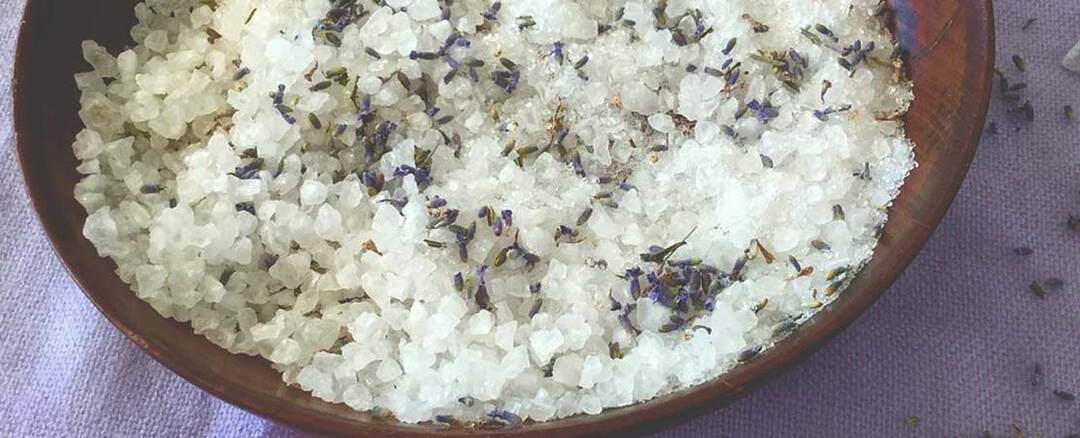
Home treatment is allowed only with mild forms of frontal sinusitis and only after coordinating all actions with the doctor. Traditional medicine suggests using drops, homemade ointments or rinsing the nose with decoctions of herbs or saline solutions.
Rinsing the nose
Saline solution
It is prepared very simply - for 200 ml of water you need to take 1 tsp. salt, 1 tsp. soda and add 2-3 drops of iodine. It is necessary to rinse the nose during the day, as often as possible, after 2 to 3 hours.
Herbal decoctions
Healing decoctions are prepared on the basis of plants that have anti-inflammatory and antiseptic properties. For these purposes, chamomile, sage, St. John's wort, calendula are suitable. The broth is prepared at the rate of 2 tbsp. l of plant materials per 200 ml of water. The composition is boiled over low heat for 5-7 minutes, cooled, filtered and used for rinsing the nasal cavity.
Drops
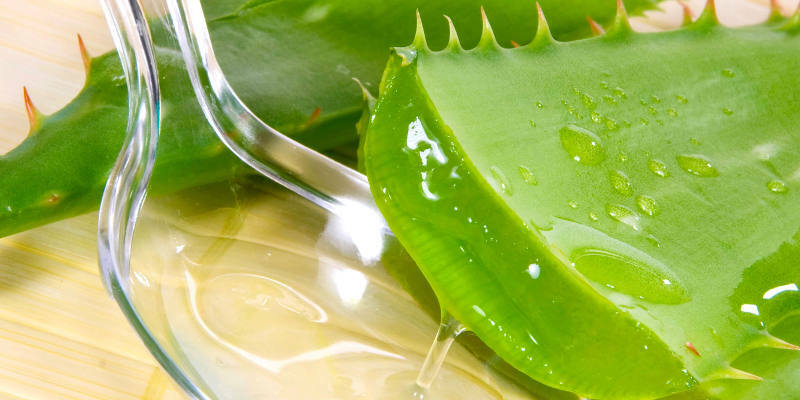
Radish, aloe or cyclamen juice has excellent anti-inflammatory agents. Only freshly squeezed juice should be used for the procedure. To do this, peel the radish, grate and squeeze the juice with gauze.
Cyclamen tubers are washed, crushed in a blender, and the juice is drained. It is diluted by half with water before use.
Aloe leaves are pre-cleaned from the skin and thorns, the fleshy pulp is crushed and the juice is squeezed out. Before use, it must be diluted with water in a ratio of 1: 3 (that is, 1 tsp. l. juice - 3 tsp water.)
Ointments
At home, homemade ointment is used as follows: cotton filaments are impregnated, and then injected into the nasal cavity.
The first way
Mix 1 tsp each. honey, Vishnevsky ointment, onion juice, cyclamen and aloe. Soak cotton turundas with this mixture and insert into the nasal passages for 20 minutes.
Second way
Take a piece of laundry soap, cut off half, grate it, melt in a water bath and add 1 tsp each. honey, vegetable oil and alcohol. Cool the finished composition, soak the turundas and insert into the nose for 15 minutes.
These funds will provide a pronounced antimicrobial effect and help to cope with swelling and inflammation.



